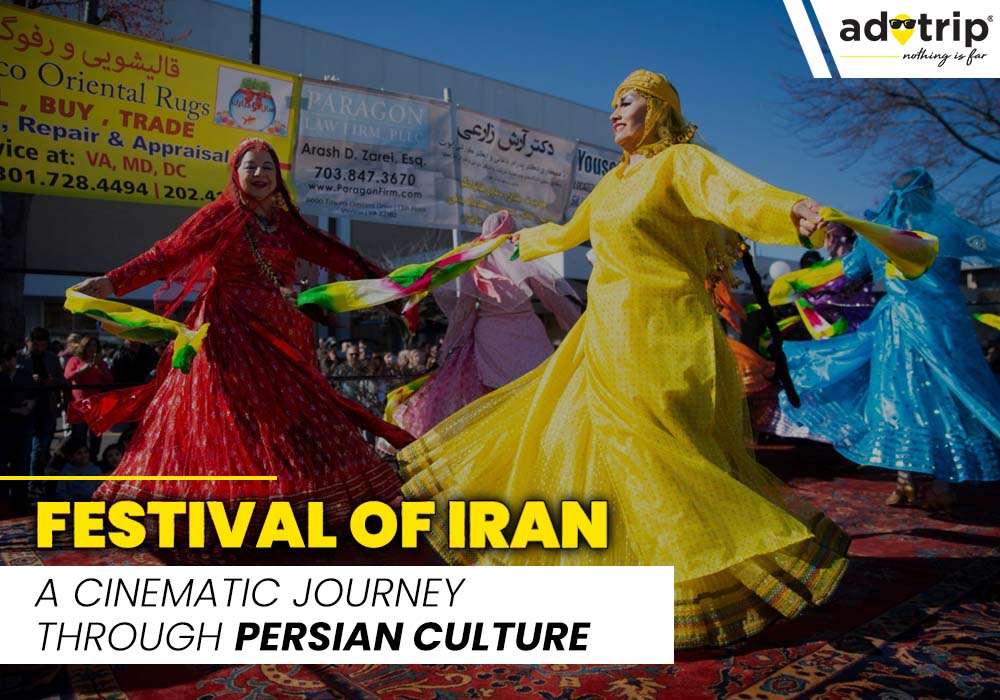
Last Updated At: 22-Mar-2024
15 Famous Festivals In Iran You Must Experience In 2024
According to data, Iran recorded 882,000 visitors in 2021 from up to five million in 2019. Nestled in the heart of the Middle East, this country of vast deserts, culture, history, and a profound spirit of festivity keeps attracting more and more visitors every year. 15 Famous Festivals In Iran You Must Experience In 2023 Often visited for its history and joyful celebrations, the tapestry of Iranian culture is interwoven with an array of festivals that reflect the diverse facets of this ancient land. From the exuberant start of the Persian New Year with Nowruz to the deeply reverent commemorations of Ashura, each festival in Iran is a vivid brushstroke in the grand masterpiece of its heritage.
Intricately linked to Iran's historical, religious, and social fabric, these festivals are more than just occasions of merriment; they are living testimonies to the values, beliefs, and identity of its people. Famous Festivals In Iran From the intoxicating aroma of saffron-infused dishes to the rhythmic beat of traditional music and the kaleidoscope of colours in bustling bazaars, each festival, be it Iran religious festival or cultural, is a portal into the heart of Iran.
List of Top 15 Famous Festivals of Iran
The Festivals of Iran are not just events – they are living chapters of a story that continues to unfold, inviting us to join in the celebration of life, unity, and the enduring spirit of this remarkable land. Famous Festivals In Iran Come with us as we unfold the history through its wonderful celebrations.
- Nowruz | The Persian New Year Celebration
- Ashura | Commemorating Martyrdom and Resilience
- Mehregan | Harvest Festival of Love and Gratitude
- Yalda Night | Welcoming the Winter Solstice with Vigil and Joy
- Chaharshanbe Suri | Fire-Jumping and Cleansing Rituals
- Sizdah Bedar | Nature's Day Out and Picnicking Tradition
- Tirgan | Celebrating Water, Life, and Folklore
- Khordad Sal | Celebrating the anniversary
- Sadeh | Honouring Fire and Ancient Zoroastrian Traditions
- Eid-el Ghorban | Feast of Sacrifice and Community Sharing
- Jashn-e Sadeh | Celebrating the triumph over evil
- Eide Nowruz | Renewed Festivities as Spring Unfolds
- Festival of Roses | Aromatic Tribute to Nature's Beauty
- Mehrgan | Autumnal Equinox and Zoroastrian Heritage
- Eid-el Shab-e Yalda | Celebrating the Longest Night with Joy
1. Nowruz | The Persian New Year Celebration
Nowruz, celebrated on the vernal equinox, ushers in a new chapter with a spirit of rejuvenation. Families gather around the Haft-Seen table adorned with symbolic items representing renewal, growth, and prosperity. The festival's origins date back thousands of years, embracing cultural diversity and unity as people of various ethnicities come together to mark the arrival of spring.
Date: 20-21 March (Start of spring)
Major attractions:
- A haft-seen table adorned with symbolic items
- Chaharshanbe Suri fire-jumping ritual
- A renewed sense of hope and unity
Read More: Best Tourist Places To Visit In Iran
2. Ashura | Commemorating Martyrdom and Resilience
Ashura stands as a poignant testament to the heart of Shiite Islam. Commemorating the martyrdom of Imam Hussein, the grandson of Prophet Muhammad, this solemn event is a powerful reflection on sacrifice, courage, and the struggle against oppression. Mourning processions fill the streets, accompanied by rhythmic chants and powerful elegies that recount the tragedy of Karbala.
Date: 9th and 10th days of Muharram
Major attractions:
- Mourning processions with participants dressed in black
- Recitations of elegies and religious chants
- Display of solidarity and remembrance
3. Mehregan | Harvest Festival of Love and Gratitude
Mehregan is one of the traditional festivals in Iran. It is rooted in ancient Persian culture and radiates an aura of love and gratitude for nature's bounty. Celebrated during the autumn equinox, it's a time to appreciate the gifts of the land and the bonds between family and friends. Festivities include music and dance events in Iran and the exchange of gifts, expressing affection and unity.
Date: Around 21 September (Autumn equinox)
Major attractions:
- Community gatherings with music, dance, and food
- Exchange of gifts as a sign of affection
- Celebrating the abundance of the harvest season
4. Yalda Night | Welcoming the Winter Solstice with Vigil and Joy
Yalda Night, observed on the longest night of the year, harkens back to the ancient Persian belief in the cosmic struggle between light and darkness. Families gather to stay awake through the night, sharing stories, poetry, and laughter to ensure the triumph of light over darkness. Pomegranates and watermelons, symbolising the sun, Persian arts and crafts fairs, along with nuts and sweets, enhance the atmosphere of unity and anticipation for longer days.
Date: 20-21 December (Longest night of the year)
Major attractions:
- Staying awake through the longest night
- Sharing poetry, stories, and laughter
- Symbolic foods like pomegranates and watermelons
5. Chaharshanbe Suri | Fire-Jumping and Cleansing Rituals
Chaharshanbe Suri, held on the last Wednesday of the year, sets the stage for Nowruz. This festival of fire and light involves leaping over bonfires, symbolising the release of negative energy and welcoming a fresh start. People of all ages partake in this joyful ritual, fostering a sense of shared renewal and hope.
Date: The last Tuesday night before Nowruz
Major attractions:
- Leaping over bonfires to symbolise purification
- Celebrations marked by colourful fireworks and dancing
- A sense of collective renewal and cleansing
6. Sizdah Bedar | Nature's Day Out and Picnicking Tradition
Sizdah Bedar, also known as Nature's Day, marks the end of the Nowruz holiday period and encourages people to embrace the outdoors. Families and friends engage in picnics, games, and lighthearted festivities, symbolising the transition from the indoors to the open air. It's a day of laughter, camaraderie, and the hope that nature's boundless energy will infuse the year ahead with vitality.
Date: 1-2 April (13th day of the new year)
Major attractions:
- Families and friends gather for outdoor picnics
- A celebratory atmosphere with games, music, and laughter
- Enjoying the natural world as a community
7. Tirgan | Celebrating Water, Life, and Folklore
Tirgan, with its origins in ancient Iranian mythology, is dedicated to water as a source of life and vitality. Celebrated near rivers, it's a time for dancing, singing, and storytelling, enriching the connection between culture and the environment. This lively festival mirrors the importance of water in agriculture and daily life, reflecting a profound appreciation for the elements that sustain existence.
Date: 1-2 July (13th day of the month of Tir)
Major attractions:
- Dancing, singing, and storytelling near rivers
- Promoting the significance of water for life
- Reviving cultural connections with ancient beliefs
8. Khordad Sal | Celebrating the anniversary
Khordad Sal is the birthday of the prophet Zoroaster. It is celebrated on the 6th day of the month of Khordad (May). People gather to pray and celebrate the life of Zoroaster. They also read from the Zoroastrian scriptures and sing hymns.
Date: 6 May
Major attractions:
- religious ceremonies that are held in Zoroastrian temples
- Eating traditional foods
- Wearing traditional clothing, such as the chador
9. Sadeh | Honouring Fire and Ancient Zoroastrian Traditions
Sadeh, with its Zoroastrian roots, venerates fire as a symbol of purity, wisdom, and illumination. Bonfires are lit, and people gather to pay homage to the element that has held deep spiritual significance throughout Iran's history. The festival evokes a sense of unity and an appreciation for the profound influence of ancient beliefs on contemporary culture.
Date: Around 29-30 January (10th day of Bahman)
Major attractions:
- Lighting of bonfires to honour fire's symbolic significance
- Reflection on Zoroastrian heritage and principles
- Celebration of light's triumph over darkness
10. Eid-al Ghorban | Feast of Sacrifice and Community Sharing
Eid-al Ghorban, observed by Muslims worldwide, is a time of sacrifice and sharing. Families commemorate the willingness of Ibrahim to sacrifice his son by distributing meat to the less fortunate. It's a festival of generosity and compassion, embodying the principles of community and empathy.
Date: 10th to 12th days of Dhu al-Hijjah ( Islamic lunar calendar)
Major attractions:
- Ritual animal sacrifice and distribution of meat to the needy
- Emphasis on charity and sharing one's blessings
- Strengthening bonds within the community
11. Jashn-e Sadeh | Celebrating the triumph over evil
Jashn-e Sadeh is a mid-winter feast to honour fire and to "defeat the forces of darkness, frost and cold", in which people gather around and build a fire so that they can receive good things from the fire and give the fire their incompleteness.
Date: 19th day of the month of Bahman (February) in the Tehran festival calendar
Major attractions:
- Bonfires that are built in public places.
- Eating traditional foods
- Wearing traditional clothing, such as the chador
12. Eide Nowruz | Renewed Festivities as Spring Unfolds
Eid-e Nowruz, the festive extension of Nowruz, continues the jubilation of the New Year. Friends and family exchange visits and gifts, embracing the blossoming of life and the promise of new beginnings that accompany spring.
Date: 20-21 March (Start of spring)
Major attractions:
- Continuing the festive spirit of Nowruz
- Visiting friends and family, exchanging gifts
- Embracing the themes of renewal and growth
13. Festival of Roses | Aromatic Tribute to Nature's Beauty
The Festival of Roses, known as Golabgiri, celebrates the blooming of roses and the production of fragrant rosewater. It's a time to appreciate the delicate beauty of nature and engage in the time-honoured tradition of distilling rose petals to create aromatic treasures.
Date: May (specific date varies)
Major attractions:
- Distillation of rose petals to create rosewater
- Enjoying rose-themed treats and beverages
- Celebration of the beauty and fragrance of nature
14. Mehrgan | Autumnal Equinox and Zoroastrian Heritage
Mehran, rooted in Zoroastrian beliefs and marked by the autumn equinox, magnifies gratitude for nature's gifts. People gather to celebrate the harvest and to connect with Iran's rich cultural heritage, fostering unity and acknowledging the cyclical rhythms of life.
Date: Around 21 September (Autumn equinox)
Major attractions:
- Celebration of harvest and gratitude
- Reflection on Zoroastrian traditions and beliefs
- Gathering of families and communities
Read More: Festivals In Iran
15. Eid-el Shab-e Yalda | Celebrating the Longest Night with Joy
Eid-e Shab-e Yalda rejoices in the winter solstice, signifying the victory of light over darkness. Families gather to share stories and poetry, fortifying their bonds while waiting for the sun's return, highlighting the resilience inherent in Iranian culture.
Date: 20-21 December (Longest night of the year)
Major attractions:
- Sharing poetry and stories
- Enjoying special foods and treats
- Embracing the warmth of community during the cold season
Experience the enchantment of Iran's diverse festivals, where ancient traditions harmonise with modern Iranian cultural celebrations. Immerse yourself in the vibrant colours, sounds, and flavours of Nowruz, Ashura, Mehregan, Yalda Night, and more. Famous Festivals In Iran Let the Festivals of Iran captivate your heart and mind, and embark on a journey of discovery that spans centuries of tradition and innovation. Plan your trip with Adotrip and set up an unforgettable journey.
Read More: Places To Visit In Iran
With us, nothing is far!
Book Iran Tour Packages
Frequently asked questions about the Festival of Iran.
Q1.What are the most famous and culturally significant festivals in Iran?
A1. Some of the most famous and culturally significant festivals in Iran include:
- Nowruz
- Sizdeh Bedar
- Chaharshanbe Suri
- Ashura and Tasua
Q2. How can I experience the traditional music and dance festivals in Iran?
A2. Here are some ways to experience the traditional music and dance festivals in Iran:
- Attend a cultural show
- Visit a temple or festival ground
- Take a dance class
- Watch a documentary or film
Q3. What are the best religious festivals and celebrations to attend in Iran?
A3. Here are some of the best religious festivals and celebrations to attend in Iran:
- Nowruz
- Ashura and Tasua
- Shab-e Yalda
- Mehregan
Q4. Which cities host the most exciting and colourful Nowruz celebrations?
A4. Here are some of the most exciting and colourful Nowruz celebrations:
- Tehran
- Isfahan
- Shiraz
- Tabriz
Q5. What are the top film festivals and arts events to attend in Iran?
A5. Here are some of the top film festivals and arts events to consider attending in Iran:
- The Fajr International Film Festival (IFF)
- The Tehran International Short Film Festival (TISFF)
- The Bushehr Koocheh Music Festival
Q6. How can I celebrate traditional Iranian holidays and cultural festivals?
A6. Here are some ways to celebrate traditional Iranian holidays and cultural festivals:
- Attend a religious ceremony
- Participate in a cultural performance
- Dress in traditional clothing
- Eat traditional food
Q7. What are the best places to enjoy Iranian folklore and traditional arts?
A7. Here are some of the best places to enjoy Iranian folklore and traditional arts:
- Tehran
- The Isfahan Museum of Art
- The Tomb of Hafez
Q8. Are there any unique and regional festivals worth attending in Iran?
A8. Yes, there are many unique and regional festivals worth attending in Iran.
- Kashan Rosewater Festival
- Saffron Harvest Festival
- Yalda Night Festival
Q9. What are the top rosewater and saffron festivals in Iran?
A9. Kashan Rosewater Festival (Golabgiri) is held in the city of Kashan in May, during the rose harvest season. The festival celebrates the city's famous rosewater. Mashhad Saffron Harvest Festival is held in the city of Mashhad in October, during the saffron harvest season.
Q10. How can I plan a visit to coincide with Iran's Fajr International Film Festival and Yalda Night celebrations?
A10. Follow these steps:
- Decide on the dates of your trip
- Book your flights and accommodation
- Get a visa
- Start planning your itinerary
- Book your activities and tours
--- Published By Adotrip
Latest Blogs
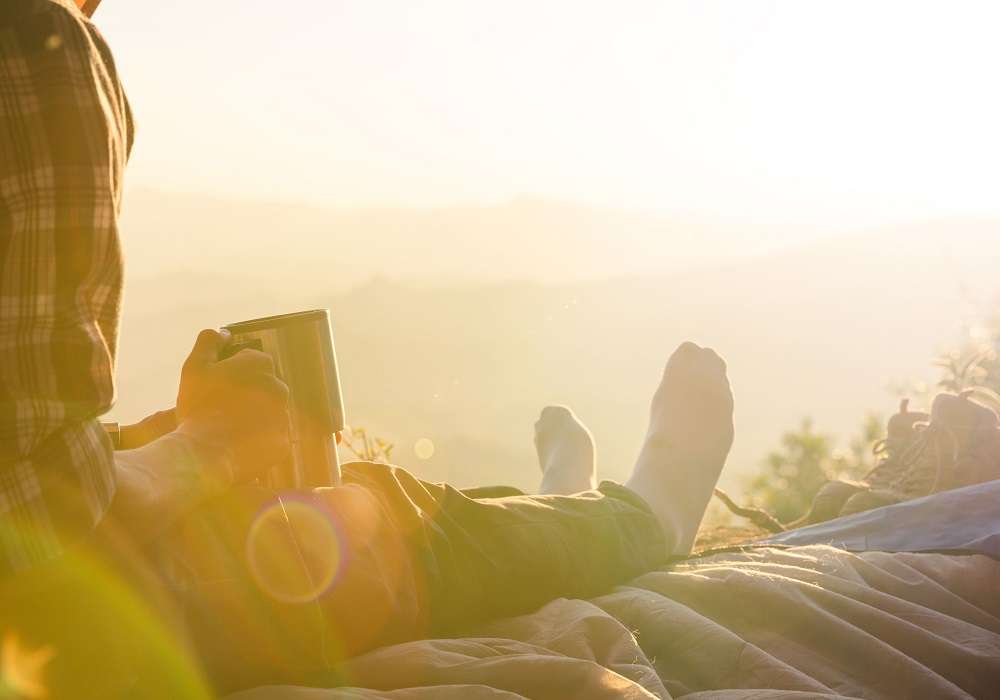
Long Weekends In India 2025 - List of Holidays
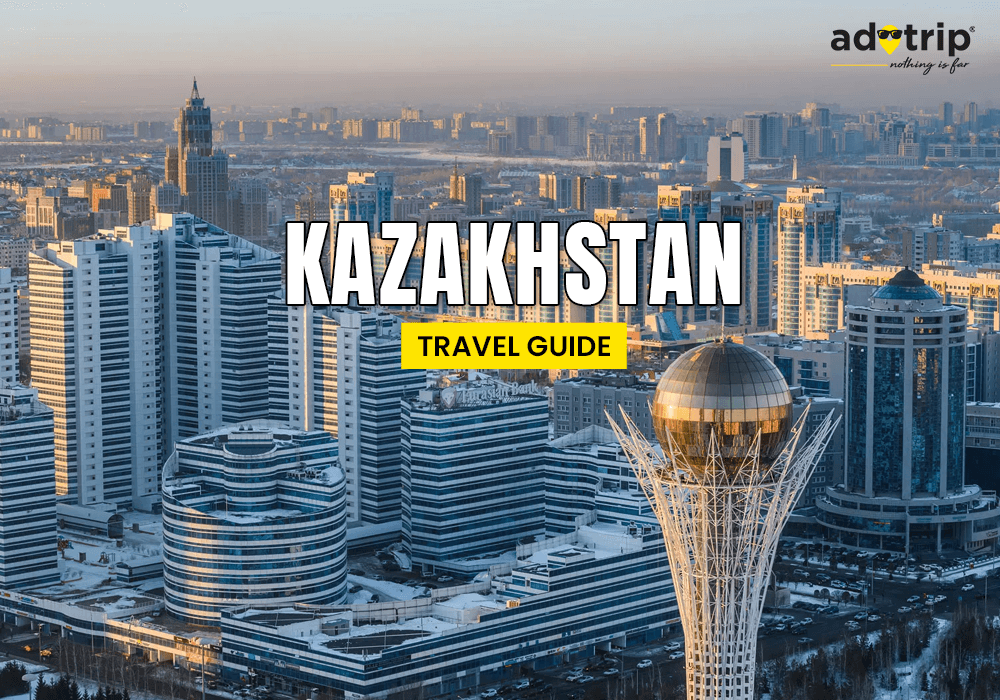
Kazakhstan Travel Guide 2025: Affordable Luxury, Visa Free E...
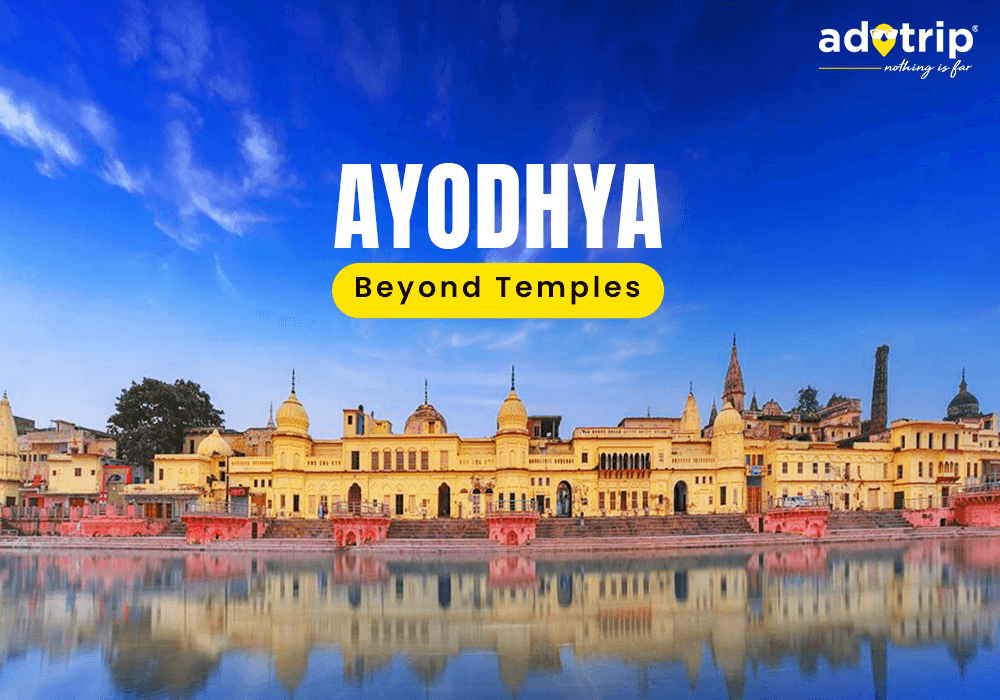
Think Ayodhya is Just Temples? Discover Its Hidden Artistic...
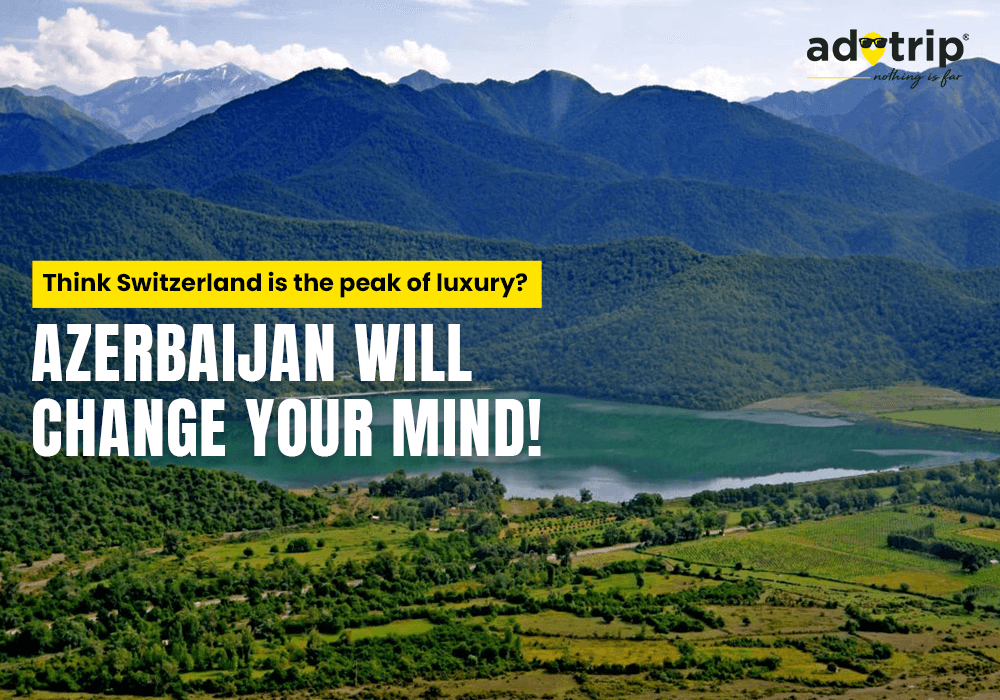
Why Azerbaijan is the Best Budget Friendly Alternative to Sw...
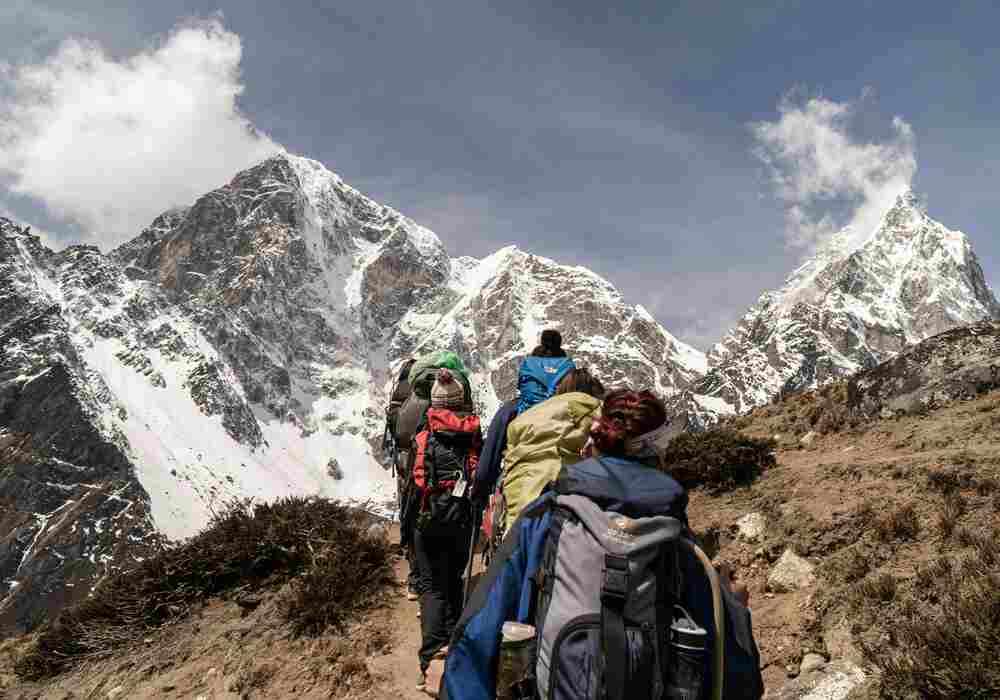


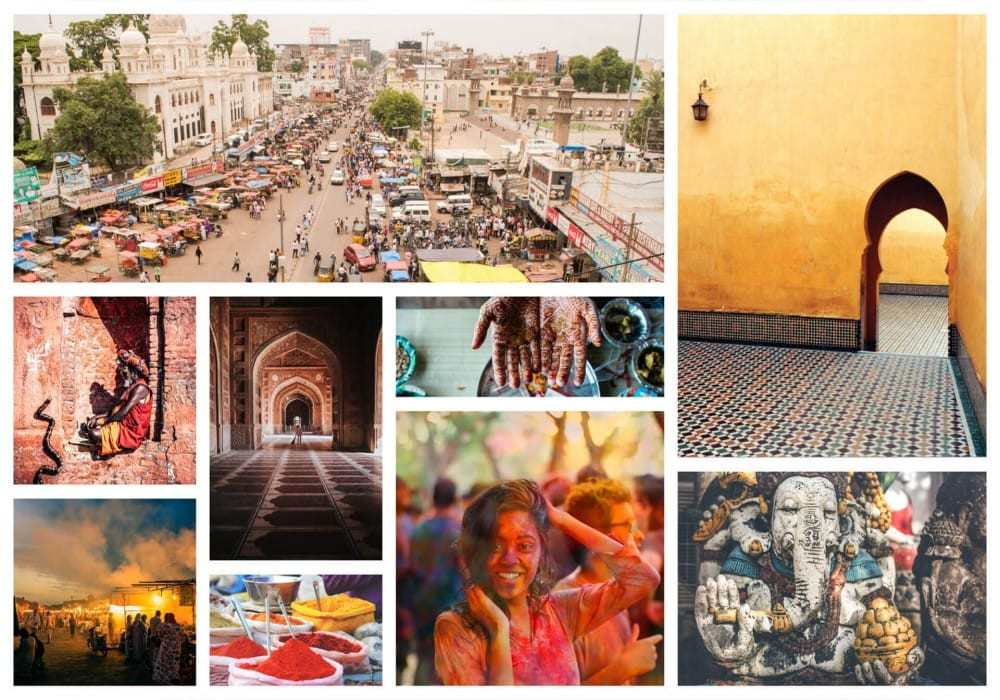
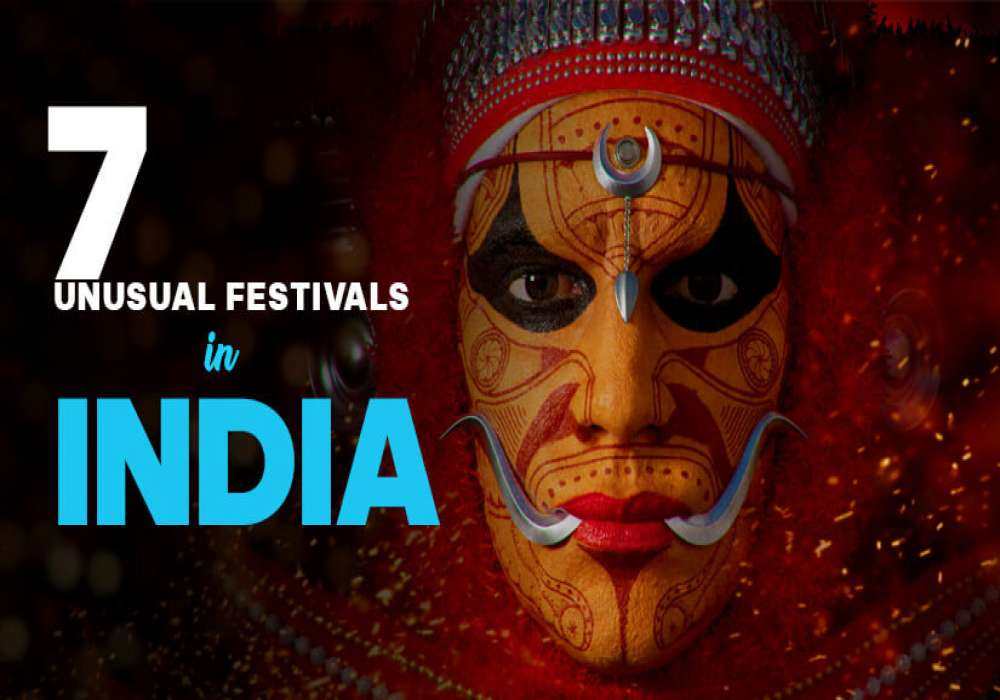

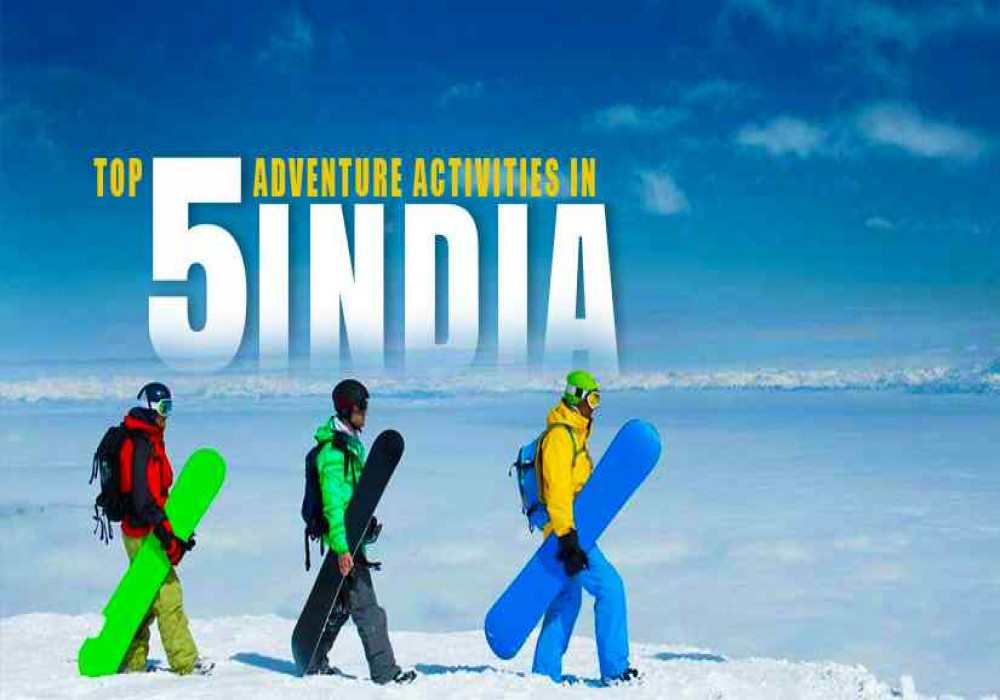
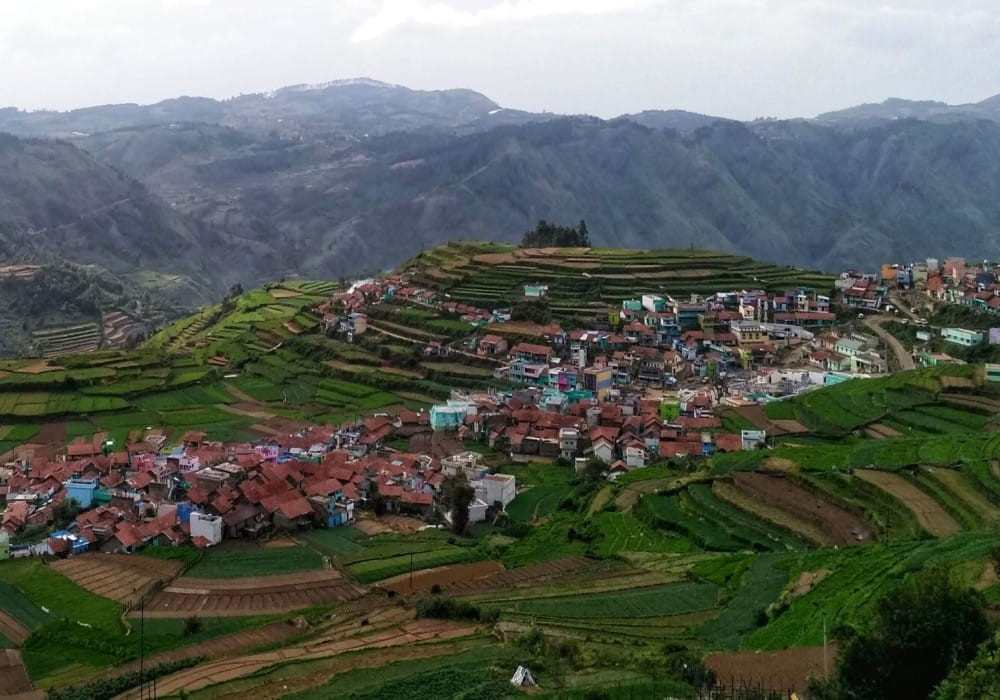
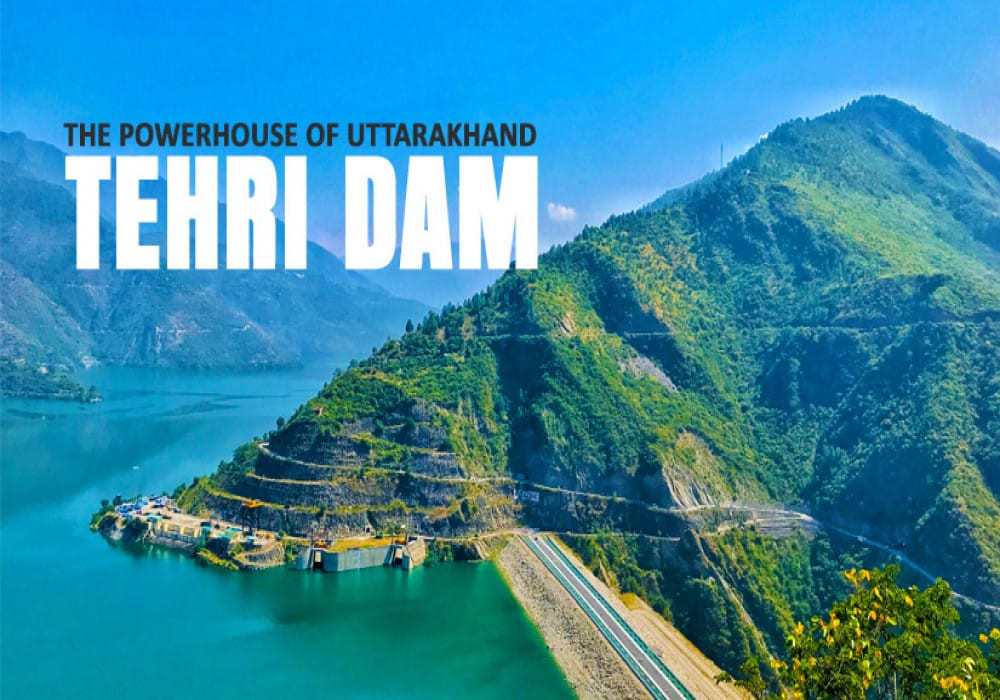

 Dubai
Dubai Malaysia
Malaysia USA
USA





